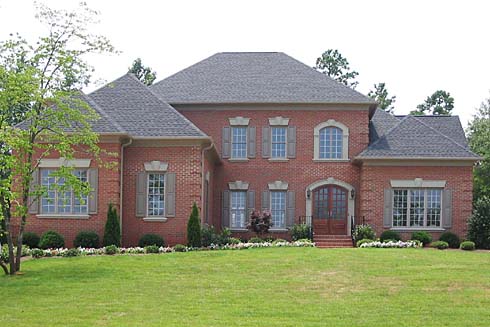DAMAGES
Understanding Damages in Real Estate
Damages in the context of real estate refer to the harm or loss suffered by a property or its owner due to various factors such as negligence, natural disasters, or contractual breaches. Whether it's physical damage to the property itself or financial losses incurred, understanding damages is crucial for all parties involved in real estate transactions.
Types of Damages
Physical Damages
Physical damages encompass any harm to the structure or components of a property. This can result from natural disasters like floods or earthquakes, accidents, or wear and tear over time. Understanding the extent of physical damages is essential for determining the cost of repairs or restoration.
Financial Damages
Financial damages in real estate can arise from a variety of situations, including breach of contract, non-payment of rent, or devaluation of property due to external factors. These damages can have a significant impact on the financial well-being of property owners, tenants, or real estate investors.
Dealing with Damages
Risk Mitigation
Real estate professionals must proactively assess and mitigate the risk of potential damages. This can involve conducting thorough property inspections, implementing preventive maintenance measures, and securing comprehensive insurance coverage to protect against unforeseen circumstances.
Real estate professionals must proactively assess and mitigate the risk of potential damages. This can involve conducting thorough property inspections, implementing preventive maintenance measures, and securing comprehensive insurance coverage to protect against unforeseen circumstances.
Legal Recourse
In cases where damages result from contractual breaches, negligence, or disputes between parties, seeking legal recourse may be necessary. Understanding the legal implications of damages, such as the right to compensation or the responsibility for repairs, is vital for all stakeholders in real estate transactions.
Preventing Damages
Regular Maintenance
Regular maintenance and upkeep of properties are instrumental in preventing damages. Proactive measures, such as conducting routine inspections, addressing minor issues promptly, and investing in preventive maintenance, can help mitigate the risk of significant damages in the long run.
Clear Communication
Effective communication between landlords, tenants, and property managers is essential for identifying and addressing potential issues that could lead to damages. Clear lease agreements, guidelines for property care, and prompt reporting of maintenance issues can contribute to damage prevention.
Conclusion
In the dynamic realm of real estate, damages can have far-reaching implications for property owners, investors, and tenants. By understanding the types of damages, taking proactive measures to mitigate risk, and fostering clear communication, real estate professionals can navigate the challenges associated with damages more effectively. Whether it's through preventive maintenance, risk management strategies, or legal awareness, addressing damages is an integral aspect of ensuring the long-term health and value of real estate assets.
MORE REAL ESTATE TERMS
A, B, C, D, E, F, G, H, I, J, K, L, M, N, O, P, Q, R, S, T, U, V, W, X, Y, Z
Featured New Home

Featured Mortgage Brokers
- GENERATION MORTGAGE COMPANY, HILO, HI
1257 KILAUEA AVE STE 30
HILO, HI 96720 - PRYSMA LENDING GROUP LLC, DANBURY, CT
10 PRECISION RD STE 2B
DANBURY, CT 6810 - SUMMIT MORTGAGE INC, FORT WAYNE, IN
8614 SAINT JOE RD
FORT WAYNE, IN 46835 - CSTONE MORTGAGE INC, SAN DIEGO, CA
4545 MURPHY CANYON RD STE 213
SAN DIEGO, CA 92123 - TOP FLITE FINANCIAL INC, WEST LINN, OR
1800 BLANKENSHIP RD STE 200
WEST LINN, OR 97068